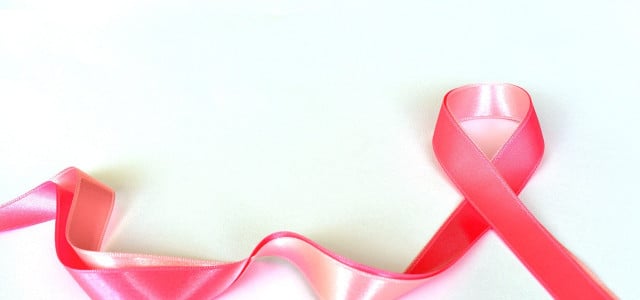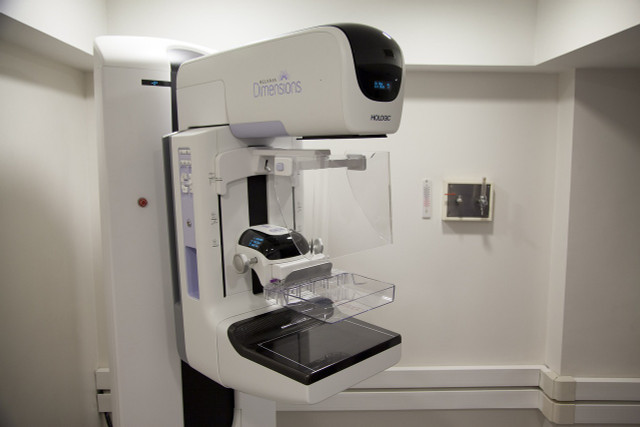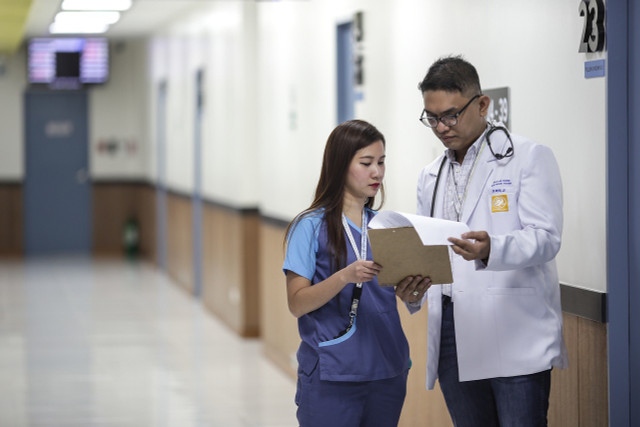
The earlier breast cancer is detected, the higher the chance of a cure. This is why the breast cancer screening program is extremely important. You can find out more about how it works here.
With around 30 percent of all cases, breast cancer is the most common type of cancer in women in Germany. According to the German Cancer Society, one in eight women will develop breast cancer in their lifetime. The risk also increases with age. This is why early detection of breast cancer is so important, because the sooner the disease is detected, the higher the chances of recovery. We explain what forms of early breast cancer detection there are and how you can become active yourself.
Note: We sometimes refer to breast cancer survivors as women in this article because the vast majority of people who get breast cancer are women. The biological gender is often relevant for the preventive care offers instead of the social gender. However, there are more than the two binary gender identities that breast cancer sufferers or those seeking prevention can identify with. Trans* and cis men can also develop breast cancer.
Statutory breast cancer screening program

(Photo: CC0 / Pixabay / AlarconAudiovisual)
In Germany there is a statutory cancer screening program that aims to detect cancer before it develops. This program also includes breast cancer screening. It contains:
-
Medical examination: From the age of 30, women can have their gynecologist examine them every year. The breasts and the lymph nodes in the armpits are examined for hardening or other abnormalities.
-
Mammography screening: From the age of 50 to 69, women have the option of having a mammography in addition to the physical examination. Here, the breast is examined with low-dose X-rays. With the help of mammography, doctors can also detect very small lumps that would not be palpable with bare hands.
Since the medical examination and mammography screening are part of the statutory cancer screening program, they are covered by statutory health insurance. If you have private health insurance, you can ask your health insurance company which services are covered. However, private health insurance companies usually cover the same services.
Read more: New method: breast cancer soon detectable through sweat?
Tactilography as a supplement
A supplementary form of diagnosis is the so-called tactilography. The company Discovering Hands trains visually impaired and blind women to become so-called Medical Tactile Examiners (MTU for short). Due to their above-average sense of touch, they are able to detect very small changes in the breast tissue at an early stage.
On the website you will find a map with participating practices. A tactilography costs between 52 and 65 euros. Clarify in advance with your health insurance company whether the tactilography will be covered.
Warning: A tactile scan never replaces a medical examination as part of early breast cancer detection. All abnormalities found by an MTU are checked by a doctor. So it is not a replacement, but a good addition.
Early detection of breast cancer: This is how you become active yourself

(Photo: CC0 / Pixabay / HalcyonMarine)
You know your body best. Therefore, self-examination of the breast is extremely important for early detection of breast cancer. From the age of 30 at the latest, you should feel your breast once a month. The best time for premenopausal women is one week after the start of your period. Then your breast is particularly soft. It is best for women after the menopause to set a fixed time each month for self-examination.
And that is how it works:
-
Environment: Ensure good lighting conditions and a calm atmosphere.
-
Procedure: Systematically feel every part of your breast, including your nipples. The externally smooth tissue feels knobby, especially in young women. With age, the breasts then become softer and softer.
-
Pectoral muscle and armpit: Feel your pectoral muscle in the direction of the armpit as well as your armpit itself. It’s best to do this with your arm down.
-
Nipple: Also squeeze your nipple and see if it is leaking.
-
Position: It is best to feel yourself again while lying down.
Feeling your breasts yourself should help you get to know your body better. If you examine yourself regularly, you will be more likely to notice any changes. You can then discuss this with your gynecologist.
Attention: The self-examination of your breast is not a substitute for the statutory breast cancer screening that doctors carry out. There is no scientific evidence that examining your breasts yourself reduces your chances of dying from breast cancer. Because palpable breast cancer is already more advanced.
Increased risk of breast cancer?
Intensified early detection of breast cancer is recommended for women with an increased risk of breast cancer. Risk factors for breast cancer include:
- an unhealthy lifestyle, for example due to lack of exercise, an unhealthy diet or the consumption of harmful stimulants such as alcohol and nicotine
- a family history of breast or ovarian cancer
- Radiation of the chest in childhood
If you are unsure, it is best to ask your gynecologist about your individual breast cancer risk.
By the way: according to the cancer information service of the German Cancer Research Center, cis men can also get breast cancer. However, they fall ill so rarely that organized serial examinations would make little sense. That is why there is a statutory breast cancer screening program only for women.
Read more on Techzle.com:
- Health check from 35: These examinations are part of it
- 8 health goals – and how to achieve them
- Smoking: recognizing and fighting withdrawal symptoms